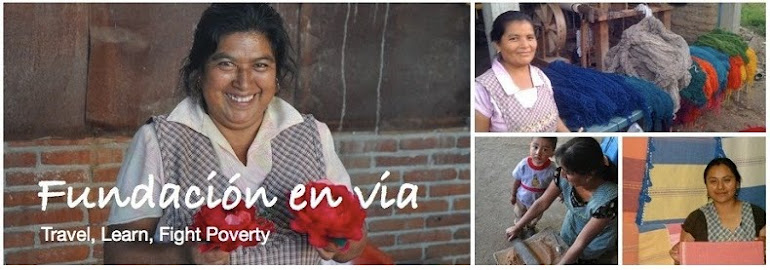Story and photos by Julia Turnbull
Guelaguetza is a word of Zapotec origin that embodies the concepts of giving, sharing, and offering. Each summer, the city of Oaxaca hosts a guelaguetza in the stadium on the Cerro del Fortín (the hill overlooking Oaxaca). Guelaguetza is traditionally held on each of the last two Mondays of July. This year, one of the last two Mondays fell on July 18th, the anniversary of the death of Benito Juarez, so the Guelaguetza days are the last Monday of July and the first Monday of August. If you haven’t been to the auditorium under the giant white tent in the Cerro del Fortín, or if you want to escape the crowd and visit one of the villages, there will be more celebrations on Monday, August 1st. As volunteers in Oaxaca, we have been very excited to watch the parades and dances that are taking place every evening in the plazas and in the zócalo (main square), and we have also been fortunate to learn about the origin of the guelaguetza in the villages of Teotitlán del Valle and Diaz Ordaz.
The Guelaguetza dances display prehispanic and colonial traditions. Each village chooses a traditional dance to perform during the celebration to showcase its usos y costumbres (customs and traditions passed from generation to generation). These dances incorporate the traditional techniques for grinding maize into meal, mixing the masa (dough for tortillas or tostadas), spinning wool into thread, and harvesting sugar cane. These everyday tasks give cause for celebration, and are woven into a rhythm. The dances of the colonial era give the audience insight into how Christianity was incorporated into traditional wedding ceremonies. Guelaguetza dances are unique performances because the dancers come from the villages, with children, grandparents, and everyone in between dancing on stage together. The performers are extremely proud of their usos y costumbres, and this is evident on their faces. After each dance, the performers toss out to the audience traditional agriculture goods—small bags of coffee, tostadas, bread, apples, avocadoes, and baskets.
Guelaguetza has a second meaning as well. In keeping with the spirit of sharing and giving, families preparing to celebrate baptisms or the quince años (the birthday party given for young women on their 15th birthday), among other events, will call a guelaguetza and ask their friends and relatives to bring gifts of food—chickens, baked goods, or tortillas, for example. These are obligatory and part of the social fabric of the community, where resources are often shared. If a guest gives the host several chickens, the guest is entitled to ask for his or her chickens to be returned in the future. The right to ask for the chickens to be returned can be inherited by children and grandchildren, if their parents and grandparents did not ask for the items back. These transactions are recorded in ledgers and committed to memory.
Why is Guelaguetza still relevant? Beyond sharing and giving, it is a way for people to manage and store their assets. If someone gives several chickens, sacks of corn meal, or chocolate for making tejate (the traditional drink of fermented maize and chocolate, served cold), it is a favor the giver can count upon in the future. In short, it is a way of saving items that will maintain their value for future use and ensuring that these things will be available at a future time of need. Guelaguetza is still in practice in our villages, but it is a celebration as well as livelihood strategy. It is a celebration of the wealth of a community and demonstrates the spirit of the people in remembering their usos y costumbres.


























